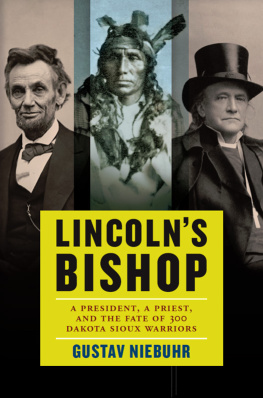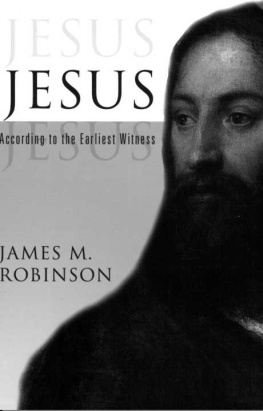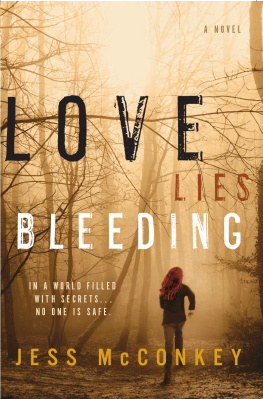Routledge Revivals
Dakota War-Whoop
or
Indian Massacres and
War in Minnesota,
of 1862-3
First published in 1970 by Ross & Haines, Inc.
This edition first published in 2018 by Routledge
2 Park Square, Milton Park, Abingdon, Oxon, OX14 4RN
and by Routledge
52 Vanderbilt Avenue, New York, NY 10017, USA
Routledge is an imprint of the Taylor & Francis Group, an informa business
1970 Taylor & Francis
All rights reserved. No part of this book may be reprinted or reproduced or utilised in any form or by any electronic, mechanical, or other means, now known or hereafter invented, including photocopying and recording, or in any information storage or retrieval system, without permission in writing from the publishers.
Publishers Note
The publisher has gone to great lengths to ensure the quality of this reprint but points out that some imperfections in the original copies may be apparent.
Disclaimer
The publisher has made every effort to trace copyright holders and welcomes correspondence from those they have been unable to contact. A Library of Congress record exists under ISBN:
ISBN: 978-0-429-39996-1(hbk)
ISBN: 978-0-367-02358-4 (ebk)
DAKOTA WAR WHOOP:
DAKOTA WAE WHOOP:
OR,
INDIAN MASSACRES
AND
WAR IN MINNESOTA,
OF 1862-3.
BY
HAEBIBT E. BISHOP McCONKEY,
Autbor of Floral Homes, &o.
REVISED EDITION.
ROSS & HAINES, INC.
Minneapolis 1970
Entered according to Act of Congress, in the year one thousand eight hundred
and sixty-three, by
HARRIET E. B. MCONKEY,
In the Clerks Office of the District Court of the District of Minnesota.
ROSS & HAINES, INC.
Reprint 1,500 copies
November 1970
TO BRIGADIER GENERAL
Fenrg F. Sibleg,
ON WHOM HONORS WERE NEVER UNFITTINGLY
OR UNWORTHILY BESTOWED,
THIS BOOK
IS VERY RESPECTFULLY INSCRIBED.
THAT THE LAUREL WREATH
WHICH ENCIRCLES HIS BROW, MAY
NOT FADE
TILL EXCHANGED BY THE DIVINE HAND
FOR A CROWN OF IMMORTAL GLORY,
IS THE EARNEST PRAYER OF
THE AUTHOR.
PREFACE
This edition of the Dakota War Whoop, is a careful revision of the first, with additional items of interest, and is a reliable historical work, detailing facts in their time and order, so far as possible, and endorsed by the most conspicuous actors in the great drama. Gen. Sibley, a prominent actor, as will be seen, said to the writer, after a close perusal of the first edition, that it seemed quite a mystery, how one, not an eye witness of the events, could detail them so graphically and minutely correct. So, also, another: It is a truthful and vivid picture of the scenes represented. But we know the vast arena and scores of the sufferers, and have lost no opportunity in collecting personal experiences, and yet, horrid as it seems, heart-sick-ening as is the detail, there are unwritten facts, still more horrid, which would seem but the emanation of a distorted brain, or too vivid imagination.
We take pleasure in crediting the photographs from which the engravings and cuts were made, to Whitneys celebrated gallery, in St. Paul, to whom was awarded the first prize medal, at the Chicago National Fair.
ST. PAUL, November 9th, 1864.
MRS. HARRIET BISHOP MCCONKEY.
Dear Madam:
I have been very much gratified with the perusal of the Dakota War Whoop. Although previously impressed with the conviction that no one was better qualified than yourself, to give to the public a graphic and impartial account of the unprecedented massacres and outrages perpetrated by the savages on our frontier in 1862 and 1863, yet I must acknowledge my surprise at the general accuracy of the book, and the intimate acquaintance displayed by you with details and occurrences, new to me, although I was present and engaged in the military operations against the Indians, most of the period referred to.
The work is intensely interesting, and I take pleasure in commending it to the public, as a faithful and authentic history of the terrible events connected with the outbreak of the Sioux Indians, which involved so many of our border settlers in desolation and ruin.
With kind regard, I am
Very respectfully Yours,
S. MILLER,
Govt Minn.
FOREWORD
MINNESOTANS SUFFERED through what may well have been their most prolonged and intense season of terror in history during six weeks of late summer and early autumn, 1862. Between August 17, when four Sioux from the Rice Creek band near the Minnesota River killed five settlers at Acton, Meeker County, and September 26, when 269 white and half-breed captives of the Indians were freed at Camp Release near present-day Montevideo, the Sioux Uprising of 1862 cost more in lives and property damage than most Indian outbreaks in American history.
Estimates vary, but at least 450 settlers and soldiers were killed, and the loss of life may have reached as high as 800. Large areas were all but depopulated as panic-stricken fugitives dashed to Fort Ridgely, or to towns like St. Peter or St. Paul, or out of the state entirely. Many months passed before Minnesota citizens, already busy supporting the Northern effort in the Civil War, could overcome Indian difficulties sufficiently to get on again with the business of settlement. Meanwhile, the Sioux and Winnebago Indians who had lived in the state were banished to the west.
As might be expected from such a dramatic occur rence, the Sioux Uprising has inspired an extensive literature. This history of the outbreak by a pioneer schoolteacher of St. Paul was part of what might be called the first wave of contemporaneous accounts. Although Harriet E. Bishop McConkey was not actually an eyewitness to th harrowing events she recorded, she was on the fringe of the action in St. Paul and got some of her material firsthand from participants themselves. This prompted her to become emotionally involved in her story and enabled her to give it a feeling of immediacy.
In several respects Mrs. McConkeys book deserves to be grouped with two other well-known contemporary versions of the uprisingHistory of the Sioux War and Massacres of 1862 and 1863, by Isaac V. D. Heard (a lawyer who served as recorder at the Sioux trials), and A History of the Great Massacre by the Sioux Indians in Minnesota, by Charles S. Bryant and Abel B. Murch. Although both of these works went through several editions, Dakota War Whoop, first published in 1863, came out only in one revised edition in 1864 and then had to wait slightly over a hundred years for another edition. In 1965 R. R. Donnelley & Sons Company of Chicago, which operates the Lakeside Press, included Mrs. McConkeys book in its Lakeside Classics series in a somewhat cut version edited by Dale L. Morgan. Now Dakota War Whoop is available once more in this reprint of the 1864 revision.
Like the works of Heard and of Bryant and Murch, this one is not only a frequently fascinating narrative but also a significant source of information on the uprising. Perhaps Mrs. McConkeys chief contribution is the extensive report she got from George H. Spencer, a fellow member of St. Pauls First Baptist Church. He apparently was the only white man to survive several weeks of Indian captivity before his rescue along with many women and children at Camp Release. Wounded early in the outbreak at the Lower Sioux Agency near present-day Morton, Spencer escaped death because he was sheltered by an Indian friend. Spencer provided important information for several of Mrs. McConkeys chapters.








